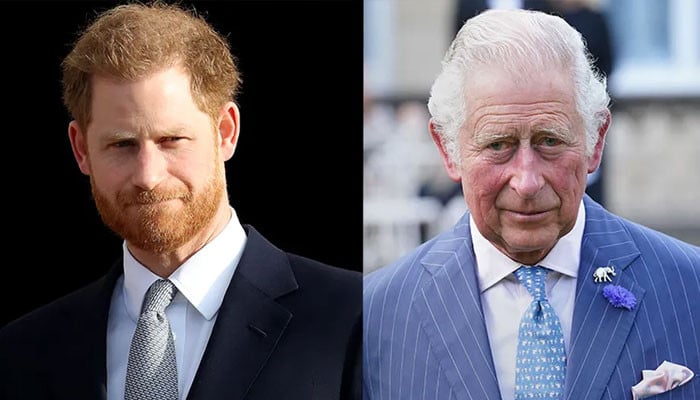The pilot of a plane which crashed in South Korea reported a bird strike and declared mayday minutes before it went down, it has been revealed.
Just two of the 181 people on board the Jeju Air plane survived the flight from Bangkok, Thailand, to Muan International Airport in South Korea.
At 8.54am local time on Sunday (shortly before midnight in the UK) the plane’s pilot was given permission to land.
However, just three minutes later, the airport’s control tower warned of the possibility of a bird strike.
Then, a minute after that the captain sent a mayday signal.
Read more:
Expert says concrete wall plane crashed into is ‘verging on criminal’
What we know about South Korea plane crash
At 9.03am the plane then failed a crash landing attempt, veering off the runway, slamming into a concrete wall and exploding into flames.
Speaking on Sunday, South Korea’s transport ministry said the pilot had confirmed to the control tower that the plane had suffered a bird strike and then issued the mayday call.
The country’s fire service said previously they were looking into whether a bird strike was behind the crash. The investigation continues.
The plane failed to deploy its landing gear, leading to it skidding across the runway, and experts previously said it didn’t operate its flaps or slats to slow down either.
Weather conditions were also being considered as a potential cause.
‘An emergency safety inspection’
Speaking on the same day, South Korea’s acting president, the third person to hold the role this month, said he had ordered an emergency safety inspection of the country’s entire airline operation system.
“As soon as the accident recovery is conducted, the transport ministry is requested to conduct an emergency safety inspection of the entire aircraft operation system to prevent recurrence of aircraft accidents,” Choi Sang-mok said.
He pledged to keep the bereaved families of victims updated on the investigation into the crash.
“Even before the final results are out, we ask that officials transparently disclose the accident investigation process and promptly inform the bereaved families,” Mr Choi added.
Boeing 737-800 involved in crash
The country’s transport ministry also said it was considering a separate inspection of the aircraft involved in the crash – a Boeing 737-800.
Boeing previously said it was in contact with Jeju Air regarding Flight 2216 and stands ready to support the airline.
It also extended condolences to the families of the victims.
A day after the crash, a Jeju Air pilot turned back another Boeing 737-800 after detecting a signal which indicated an issue with the landing gear.
The airline says the gear “was confirmed to be functioning normally after additional measures”, but the pilot returned to Gimpo Airport near Seoul out of caution.
Passengers were transferred to a different 737-800 operated by Jeju Air at the airport – but 21 decided not to board out of safety concerns.
















